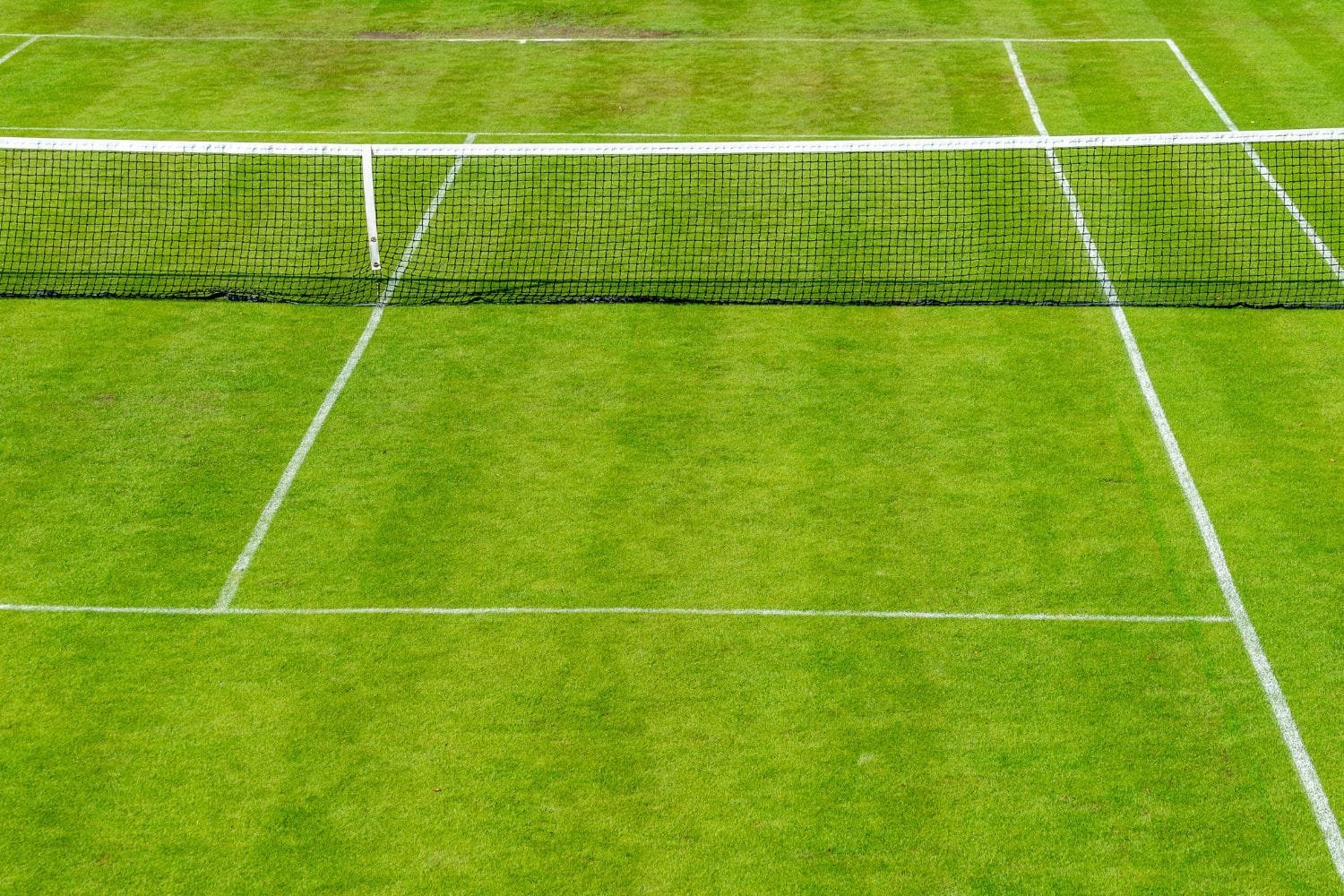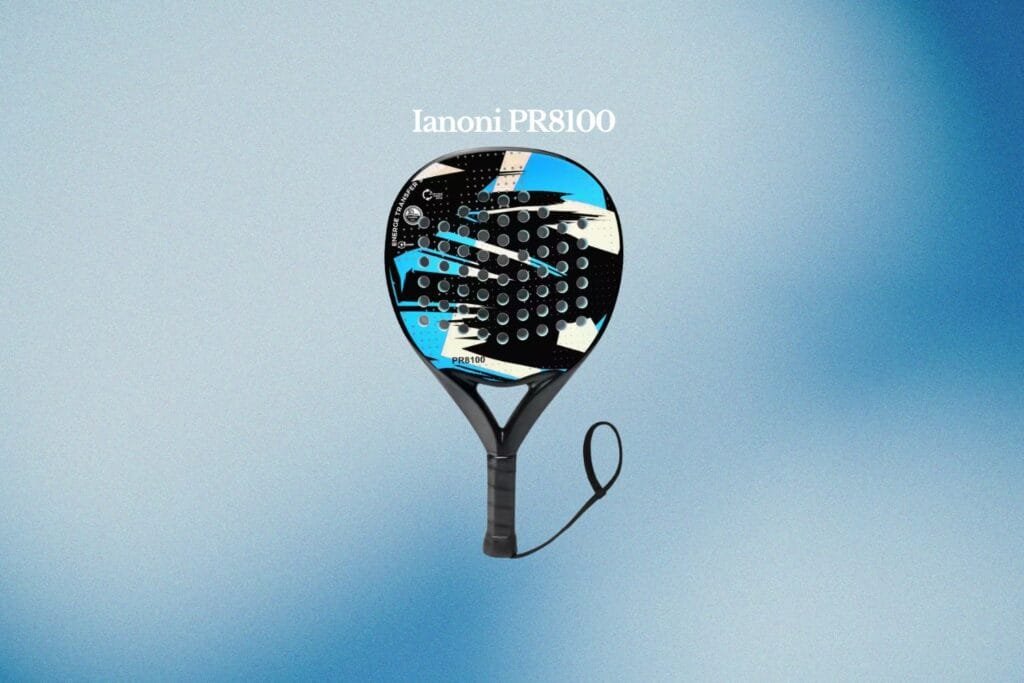
As padel continues to grow rapidly around the world, the gear used by players has evolved just as quickly, especially the iconic racket. The evolution of the padel racket is a fascinating journey that blends craftsmanship, innovation, and cutting-edge materials to meet the demands of a modern, fast-paced game.
From humble wooden beginnings to carbon-fibre masterpieces, the evolution of the padel racket is a story of transformation. Whether you’re a seasoned competitor or new to the sport, understanding how padel rackets have developed over time gives valuable insight into performance, durability, and even playing style.
1. Early Days: Wood and Simplicity
The evolution of the padel racket began with very simple materials. In the early days of padel, rackets were made entirely of solid wood, usually plywood, and lacked any sort of technological enhancement. These rackets were heavier, less aerodynamic, and more prone to wear and breakage.
However, they laid the foundation for a sport that would eventually demand greater precision and power. The earliest rackets had small sweet spots and limited rebound, which encouraged players to rely more on strategy than force.
2. The Move to Composite Materials
As the sport gained popularity in the 1990s, manufacturers began experimenting with more advanced materials. This stage in the evolution of the padel racket introduced fibreglass, foam cores, and plastic components. These materials made rackets lighter, more durable, and more comfortable to use for extended play.
Fibreglass also allowed for more customisation in design and shape, which opened the door to innovations in balance and control. This period marked a turning point in the evolution of the padel racket, where gear began to impact how the game was played.
3. Carbon Fibre Revolution
Arguably, the biggest milestone in the evolution of the padel racket came with the adoption of carbon fibre. Today, carbon fibre is the gold standard for performance rackets. It offers an unbeatable combination of strength, flexibility, and lightweight construction.
Carbon allows for thinner frames and improved aerodynamics without sacrificing durability. Players can now choose rackets with specific flex profiles to suit their style, whether they want explosive power at the net or finesse from the baseline.
This technological leap pushed the evolution of the padel racket into the professional realm, giving elite players a competitive edge.
4. Core Technologies and Foam Density
Inside the racket, the core has seen its own transformation. The evolution of the padel racket isn’t just about outer materials, it’s also about what lies within. Modern rackets feature EVA or polyethene foam cores, with varying densities that affect how the ball responds.
Harder cores are more durable and provide more power, while softer cores offer better touch and control. This internal tech has allowed for rackets to be tailored for player skill levels and tactical preferences, which is a key chapter in the evolution of the padel racket.
5. 3D Textures and Smart Surfaces
A more recent trend in the evolution of the padel racket is the use of textured surfaces. These help players generate more spin and control the ball in creative ways. 3D surfaces, sand finishes, and micro-patterns have turned the padel racket into a precision tool.
This innovation has been embraced not just by professionals but also by intermediate players looking to add nuance to their game. It’s a clear example of how the evolution of the padel racket is now as much about performance enhancement as it is about durability.
6. Shape Matters: Round, Diamond, and Teardrop
One often overlooked aspect of the evolution of the padel racket is its shape. Today’s rackets come in three main shapes, round, diamond, and teardrop, each affecting balance and play style.
- Round rackets are control-oriented, great for beginners.
- Diamond rackets focus on power, favoured by advanced players.
- Teardrop shapes offer a hybrid experience, balancing power and control.
This versatility in design is a modern evolution, giving players more options than ever before.
7. Smart Rackets: The Future Is Now
As we look to the next stage in the evolution of the padel racket, technology is leading the charge once again. Smart rackets equipped with sensors can now track shot speed, spin, and even player movement. This data can be synced to apps for performance analysis and coaching feedback.
While still emerging, these innovations suggest that the evolution of the padel racket is far from over. In the future, your racket might coach you as much as your trainer does.
8. Sustainability and Eco-Friendly Rackets
Another growing trend in the evolution of the padel racket is sustainability. Some brands are exploring recycled materials and energy-efficient production methods. As environmental awareness rises, players are beginning to look for gear that aligns with their values.
Eco-friendly rackets may soon be a standard feature of the sport, proving that the evolution of the padel racket can be both high-tech and responsible.
Final Thoughts
The evolution of the padel racket is a testament to how innovation and tradition can coexist in sport. From handcrafted wooden frames to smart rackets with built-in analytics, the padel racket has transformed dramatically over the past few decades. As the sport continues to grow, players will have more tools at their disposal to shape their game. One thing is certain: the evolution of the padel racket is just as exciting as the matches it helps bring to life.



